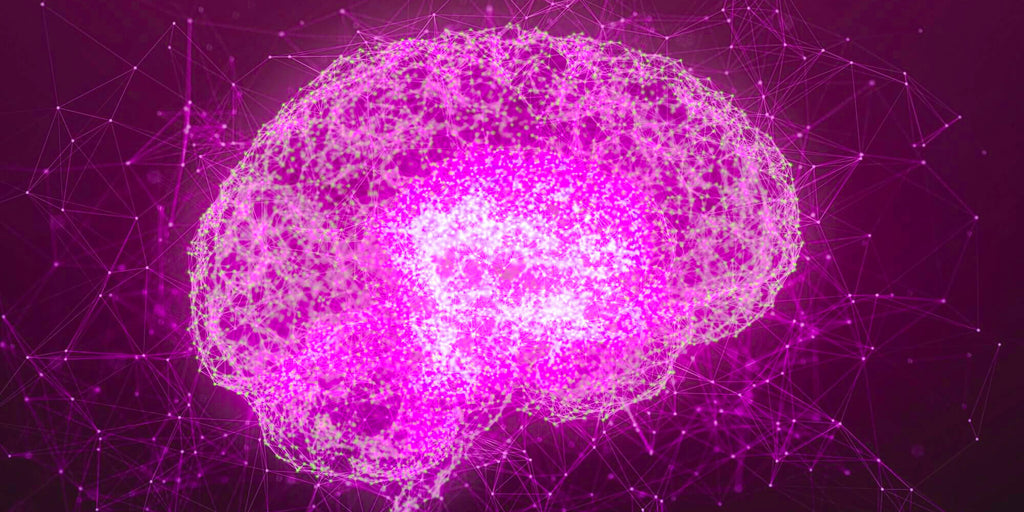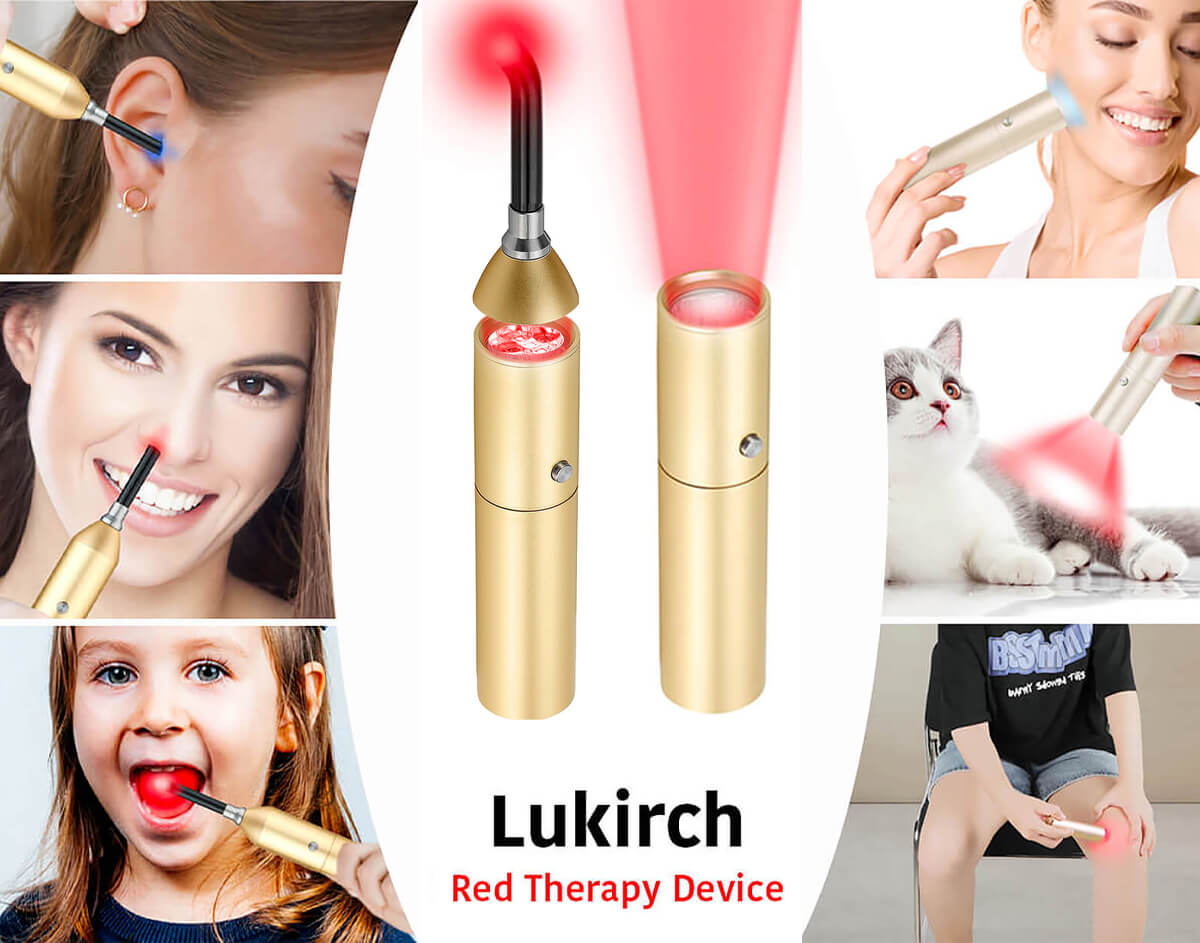Red light therapy cap is good for Brain Health and Cognitive Function
Posted by GEGARY

Red light therapy, also known as low-level laser therapy or photobiomodulation, is a non-invasive treatment that involves exposing the body to low-level red and near-infrared light. This type of therapy has been studied for various health benefits, including promoting brain health and reducing inflammation.
There are some companies that offer red light therapy caps specifically designed for brain health. These caps typically use LED lights to deliver red and near-infrared light to the scalp and brain. The idea behind these caps is that the light can penetrate the scalp and skull to reach the brain and stimulate the production of ATP, which is the energy source for cells in the body, including brain cells.
Can red light therapy keep the brain healthy?
Yes, Red light therapy has been studied for various health benefits, including promoting brain health. Some studies have shown that red light therapy may have positive effects on cognitive function, memory, and mood.
One of the ways that red light therapy may help keep the brain healthy is by increasing the production of ATP, which is the energy source for cells in the body, including brain cells. Red and near-infrared light can penetrate the scalp and skull to reach the brain, stimulating the production of ATP and promoting cellular metabolism.
Additionally, red light therapy has been shown to have anti-inflammatory effects, which may also be beneficial for brain health. Chronic inflammation has been linked to various neurological conditions, such as Alzheimer's disease, Parkinson's disease, and multiple sclerosis. By reducing inflammation, red light therapy may help protect the brain against these conditions.
If you are prone to fatigue, poor memory, want to improve Alzheimer’s and Parkinson’s Disease, our red light physiotherapy cap should be suitable for you.
Note: Shop clinical-grade light therapy devices in the Lukirch Red Light Therapy store.
How does Red light therapy device works for brain?
Red light therapy, also known as photobiomodulation therapy, involves the use of low-level red or near-infrared light to stimulate various biological processes in the body. When applied to the brain, red light therapy can help improve brain function, reduce inflammation, and even enhance mood.
Red light therapy works by penetrating the skin and tissue to reach the cells and mitochondria within. Once absorbed by these cells, the red light energy triggers a series of biological processes that can help improve cellular function and repair.
In the brain, red light therapy has been shown to improve blood flow and oxygenation, which can help enhance brain function and cognition. It also appears to stimulate the production of ATP, the energy currency of cells, which can help improve cellular function and repair.
Additionally, red light therapy has been shown to reduce inflammation in the brain, which can help alleviate symptoms of various neurological conditions, such as Alzheimer's disease and Parkinson's disease.
Red light therapy may also have mood-enhancing effects. Research has shown that exposure to red light can increase levels of serotonin, a neurotransmitter that plays a role in regulating mood, appetite, and sleep.
Overall, the exact mechanisms by which red light therapy works on the brain are not fully understood, but the therapy appears to have a number of beneficial effects on brain function, including improved blood flow, increased cellular energy production, reduced inflammation, and mood enhancement.
The benefit of red light therapy device for brain health:
Red light therapy has been shown to have potential benefits for brain health. The therapy is believed to work by improving blood flow and oxygenation to the brain, stimulating the production of mitochondria, and reducing inflammation and oxidative stress, all of which can help support brain function and cognitive performance.
Red light therapy for brain health typically involves the use of a device that emits red or near-infrared light directly to the head or scalp. This can be achieved using our red light therapy cap that covers the entire head. The therapy is typically administered for a few minutes to half an hour per session, several times per week.
Some of the potential benefits of red light therapy cap for brain health include:
Improved cognitive function: Red light therapy has been shown to improve cognitive function and memory in both healthy individuals and those with mild cognitive impairment.
Reduced depression and anxiety: Red light therapy may help reduce symptoms of depression and anxiety, possibly by increasing levels of serotonin and reducing inflammation in the brain.
Improved sleep: Red light therapy may help improve sleep quality and duration, possibly by regulating the production of melatonin, a hormone that plays a key role in sleep-wake cycles.
Reduced symptoms of traumatic brain injury: Red light therapy has been shown to reduce inflammation and improve brain function in individuals with traumatic brain injury.
Red light therapy for neurodegenerative diseases: There is growing interest in the use of red light therapy as a potential treatment for neurodegenerative diseases such as Alzheimer's and Parkinson's. While more research is needed to fully understand its effectiveness, some studies have shown promising results in improving cognitive function and reducing neuroinflammation in animal models of these diseases.
Red light therapy for stroke recovery: Red light therapy has also been studied as a potential treatment for stroke recovery. Some studies have shown that red light therapy can improve motor function and reduce inflammation in the brain in animal models of stroke, although more research is needed to determine its effectiveness in humans.
Red light therapy and brain injury: In addition to traumatic brain injury, red light therapy has been studied as a potential treatment for other types of brain injury, such as concussion. Some studies have shown that red light therapy can reduce inflammation and improve cognitive function in individuals with concussion, although more research is needed to determine its effectiveness.
Safety and side effects: Red light therapy is generally considered safe, with few reported side effects. However, some individuals may experience mild side effects such as headaches or eye strain. It is important to follow the manufacturer's instructions and to avoid looking directly at the light source to prevent eye damage. Individuals with certain medical conditions or taking certain medications should consult with their healthcare provider before using red light therapy.
Red light therapy cap for Alzheimer’s and Parkinson’s Disease
Red light therapy caps are a type of photobiomodulation (PBM) device that use low-level light therapy to stimulate cellular activity in the brain. While more research is needed to determine their effectiveness for specific conditions like Alzheimer's and Parkinson's disease, early studies have shown promising results.
In a randomized controlled trial published in the Journal of Alzheimer's Disease in 2018, researchers found that transcranial photobiomodulation (tPBM) using a red light therapy cap improved cognitive function and reduced beta-amyloid protein levels in individuals with mild cognitive impairment. Beta-amyloid is a protein that can accumulate in the brain and is associated with Alzheimer's disease.
Similarly, a study published in the Journal of Parkinson's Disease in 2019 found that tPBM using a red light therapy cap improved motor function and reduced inflammation in the brain in individuals with Parkinson's disease.
Red light therapy caps typically use light-emitting diodes (LEDs) to deliver red or near-infrared light to the scalp and brain. The caps can be worn at home or in a clinical setting, and treatment protocols may vary depending on the specific condition being treated.
It is important to note that while red light therapy caps may offer potential benefits for individuals with Alzheimer's or Parkinson's disease, they are not a cure and should be used in conjunction with other treatments and therapies recommended by a healthcare provider. It is also important to choose a reputable device and follow the manufacturer's instructions for safe and effective use.
Using a Medical Grade Device for Best Results
Using a medical-grade red light therapy device is typically recommended for achieving the best results with red light therapy. Lukirch red & near-infrared light therapy devices are designed to emit precise wavelengths of red light at therapeutic levels, which have been shown to have beneficial effects on the body. Lukirch Red light therapy cap add a special premium 940nm in addition to the regular 660nm and 850nm for better effect. 940nm infrared light has a longer wavelength and can penetrate deeper into the skin and tissues than 850nm or 660nm. This means it can reach tissues and cells that are further beneath the surface, allowing for more comprehensive healing and pain relief.
Lukirch Red Light devices are designed and manufactured following strict medical standards and are third-party tested.



